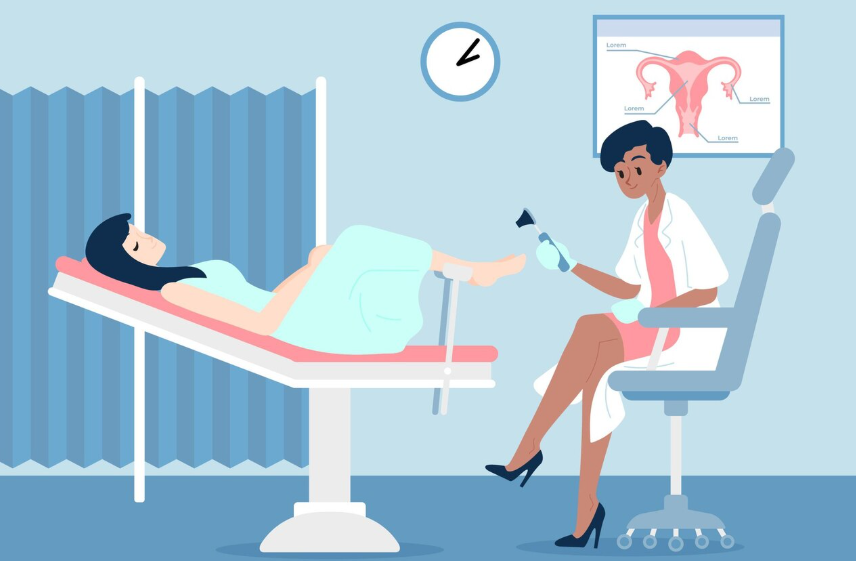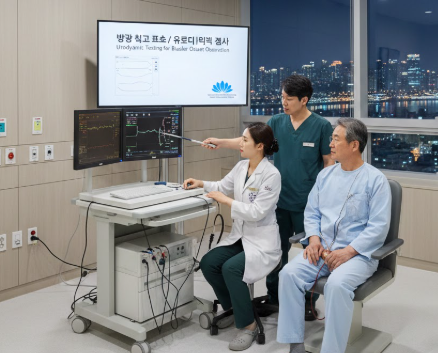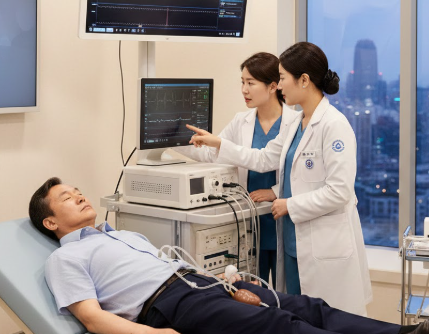Treatment Overview
The High-Definition Laparoscopic Total Uterus Removal (HD-LTUR) in Korea represents the pinnacle of minimally invasive hysterectomy surgery. Utilizing ultra-clear high-definition 3D laparoscopic imaging systems, this advanced surgical procedure allows Korean surgeons to remove the entire uterus with unmatched precision, minimal tissue trauma, and rapid recovery.
Korea is recognized globally for its innovation in laparoscopic surgery. Its medical centers integrate cutting-edge optics, robotic-enhanced laparoscopic systems, and energy-based sealing devices, ensuring patients receive the most precise, efficient, and cosmetically refined uterus removal procedure available today.
Purpose & Benefits
Purpose:
- Safely remove the uterus in patients with benign or malignant uterine conditions
- Treat fibroids, adenomyosis, endometriosis, uterine prolapse, or cancer
- Offer a minimally invasive solution that replaces open surgery with superior outcomes
Benefits:
- Exceptional surgical precision with high-definition visualization
- Reduced postoperative pain and minimal scarring
- Lower blood loss and reduced risk of complications
- Faster healing and shorter hospital stay (usually 1–3 days)
- Minimal impact on surrounding pelvic structures
- Enhanced cosmetic and functional results
Ideal Candidates
This procedure is suitable for women who:
- Require full uterus removal for benign or select malignant conditions
- Prefer a minimally invasive approach with faster recovery
- Have no contraindications to laparoscopic surgery
- Wish to minimize scarring and postoperative discomfort
Comprehensive pre-surgical assessments in Korean hospitals ensure each patient’s surgical plan is fully customized to her anatomy and condition.
Possible Risks & Complications
While generally safe and highly successful, potential risks may include:
- Minor bleeding or infection
- Injury to nearby organs (bladder, bowel, ureters)
- Temporary urinary or bowel disturbances
- Rare anesthesia-related complications
- Scar tissue formation or adhesions (less common than with open surgery)
Korean gynecologic surgeons employ 3D visualization, precision electrosurgical devices, and real-time monitoring to minimize risks and ensure safety.
Surgical Techniques Used
Korea leads the field in advanced laparoscopic surgery, employing:
- 3D High-Definition Laparoscopy: Delivers superior anatomical detail and depth perception.
- Multi-Port or Single-Port Access: Depending on the patient’s case, incisions may be minimized for cosmetic outcomes.
- Energy-Based Vessel Sealing (Ultrasonic & Bipolar Devices): Reduces bleeding and enhances surgical precision.
- Fluorescence Imaging (ICG): Assists in identifying blood flow and critical structures.
- Robotic-Assisted Laparoscopic Integration: Used in complex cases for maximum accuracy.
These technologies enable Korean surgeons to perform uterus removal with optimal precision and minimal trauma.
Recovery & Aftercare
Recovery from HD-LTUR is smooth and swift compared to open hysterectomy. Most patients are discharged within 1–2 days and return to daily life in 1–2 weeks.
Postoperative care typically includes:
- Pain management and incision monitoring
- Avoiding strenuous activity and heavy lifting for 4–6 weeks
- Pelvic floor rehabilitation (if necessary)
- Nutritional and lifestyle counseling
- Routine follow-up to monitor healing and hormonal balance (if ovaries are preserved)
Korean hospitals provide individualized recovery programs emphasizing holistic healing, physiotherapy, and emotional wellness.
Results & Longevity
Patients undergoing HD-LTUR experience long-term benefits such as:
- Complete removal of diseased uterine tissue
- Faster recovery with less pain and scarring
- Lower postoperative complications
- Improved pelvic function and aesthetics
- Enhanced confidence and quality of life
These results are enduring, supported by Korea’s precision-based surgical methods and comprehensive aftercare programs.
Treatment Process in Korea
The treatment process for HD-LTUR in Korea is structured for excellence:
- Preoperative Evaluation: Includes ultrasound, MRI, and diagnostic hysteroscopy.
- Customized Surgical Planning: Tailored to the patient’s diagnosis and anatomy.
- High-Definition Laparoscopic Surgery: Performed using 3D imaging and energy-based tools.
- Postoperative Recovery: Managed through physiotherapy, medication, and personalized guidance.
Korea’s medical infrastructure ensures international patients receive seamless care, from airport pickup to full postoperative support.
Cost Range
The cost of High-Definition Laparoscopic Total Uterus Removal in Korea typically ranges from USD 9,000 to 17,000, depending on:
- Surgical complexity
- Hospital and surgeon expertise
- Type of laparoscopic and imaging technology used
- Hospital stay duration and postoperative services
The package generally includes all essential services: preoperative assessment, anesthesia, surgery, hospitalization, and follow-up care.
Popular Clinics
- Samsung Medical Center (Seoul): Known for advanced 3D laparoscopic and robotic-assisted hysterectomy.
- Asan Medical Center (Seoul): Offers precise total uterus removal with enhanced imaging systems.
- Severance Hospital (Yonsei University Health System, Seoul): Leader in HD and AI-guided laparoscopic surgery.
- CHA Gangnam Medical Center: Specializes in single-port and high-definition gynecologic surgeries.
- Ewha Womans University Medical Center: Focused on minimally invasive laparoscopic hysterectomies with holistic care.




